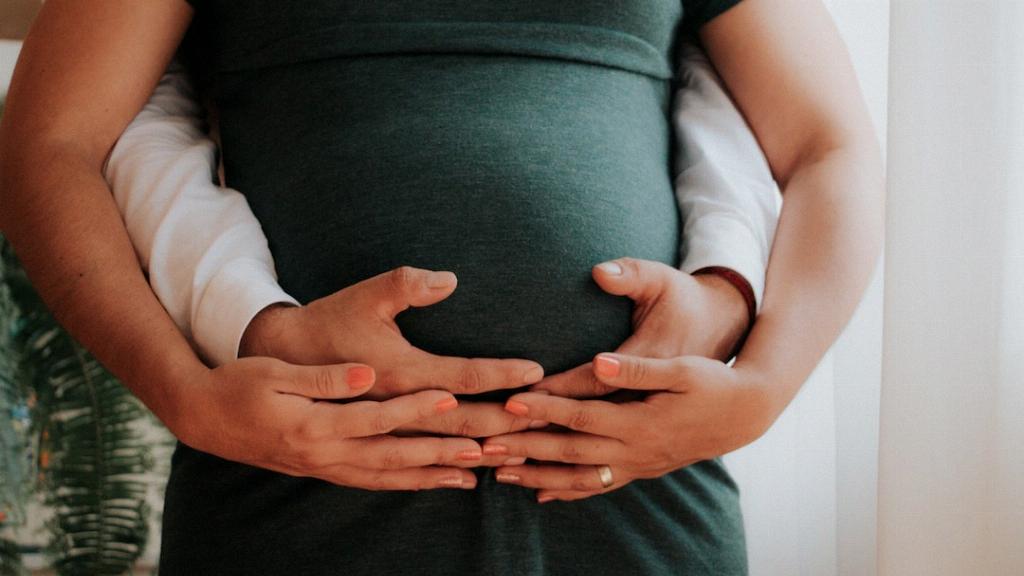Abdominal separation, also known as diastasis recti, is a common condition that many individuals experience, particularly after pregnancy or with significant weight gain. One of the key questions that individuals often ask about diastasis recti is: What does it feel like?
First and foremost, it is important to note that diastasis recti itself is not typically painful. Individuals may not experience direct pain from the separation of the abdominal muscles. However, there are certain sensations and feelings that may be associated with diastasis recti.
One common feeling that individuals with diastasis recti may report is a sense of weakness in their core. Tasks that were once easy, such as lifting a laundry basket or performing certain exercises, may now feel more challenging due to the weakened abdominal muscles.
Additionally, individuals with diastasis recti may notice a visible bulge or protrusion in the midsection, particularly when engaging in activities that require abdominal exertion. This bulge can be more pronounced when sitting up from a lying position or performing exercises like crunches.
Some individuals may also experience a sense of discomfort or aching in the abdominal area, particularly after physical activity or prolonged periods of standing. This discomfort is often due to the increased strain on the weakened abdominal muscles.
It is important to be aware that while diastasis recti itself may not be painful, the condition can lead to other issues such as lower back pain, pelvic floor dysfunction, and poor posture. Individuals with diastasis recti may also experience digestive issues or difficulty with breathing due to the compromised abdominal muscles.
For individuals who suspect they may have diastasis recti or are experiencing symptoms related to abdominal separation, it is advisable to consult with a healthcare provider or a physical therapist. A professional can provide a proper diagnosis and recommend appropriate treatment options.
Treatment for diastasis recti often involves core strengthening exercises, physical therapy, and lifestyle modifications to help strengthen the abdominal muscles and improve overall core stability. In some cases, surgical intervention may be recommended for severe or persistent cases of diastasis recti.
It is essential for individuals with diastasis recti to be patient and consistent with their treatment plan. Recovery from abdominal separation can take time, and it is crucial to listen to your body, avoid activities that exacerbate the condition, and focus on exercises that target the core muscles effectively.
By understanding what diastasis recti feels like and taking proactive steps to address the condition, individuals can improve their core strength, alleviate discomfort, and enhance their overall quality of life. With the right approach and support, it is possible to manage and treat diastasis recti effectively.
In conclusion, while diastasis recti may not be inherently painful, it can lead to a variety of uncomfortable sensations and challenges. By seeking professional guidance, implementing a comprehensive treatment plan, and staying dedicated to your recovery, you can overcome the effects of abdominal separation and restore strength to your core muscles.

